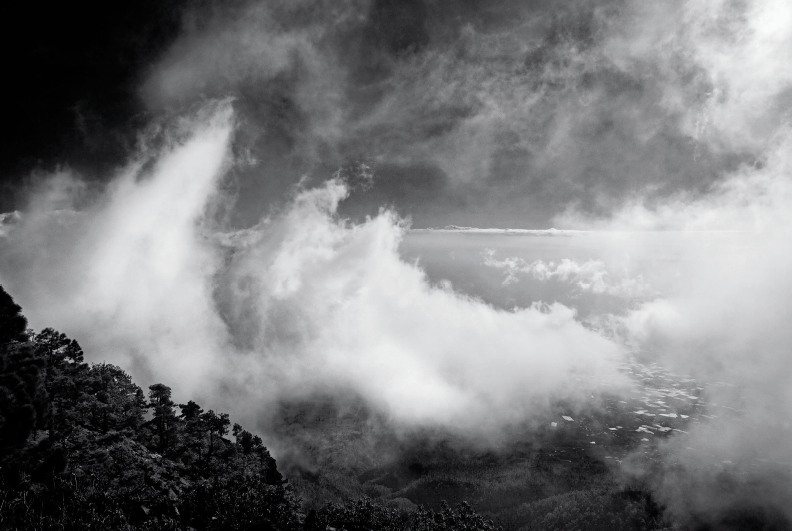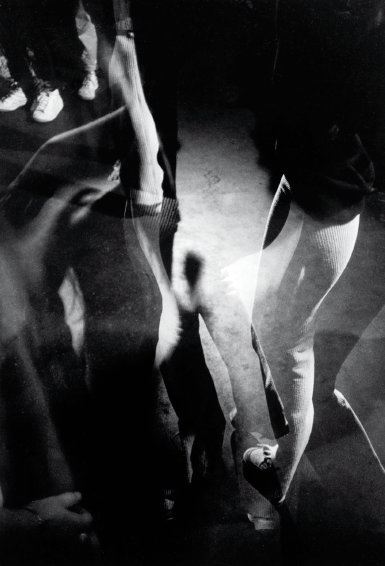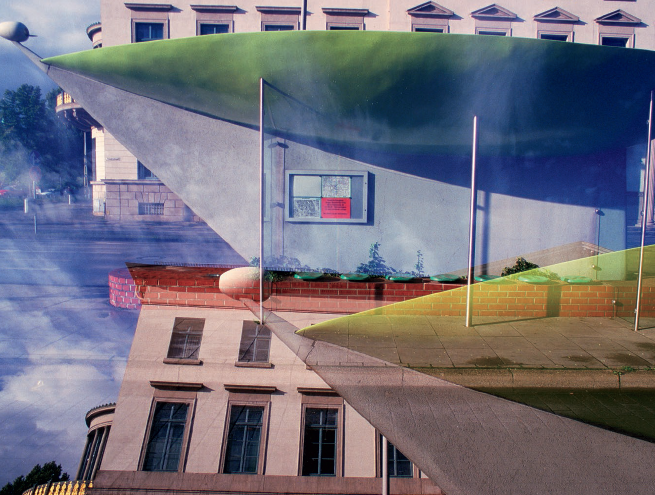Becoming One With Your Surroundings Creates Evoking Photographs
The recent phenomenon of mass accessibility to digital cameras has produced a generation that records everything, even the most benign moments. While this means that photographs have become a form of mass communication, it also means that millions of thoughtless photographs are taken on any given day. However, the demand for conscious, reflective photography has become even greater. For instance, the works of Andreas Gursky, one of the world’s most highly paid photographers, have demanded close to a million US dollars for a single large scale photograph.

© Torsten Andreas Hoffman
In an ever connected world, it is important to develop your photography in a way that it becomes an expression of your personality. Photography reflects external realities, but also reflects the expression of your individual thoughts and feelings. Meditation and contemplation can help you discover what you want to express through your photography by accessing and bringing your creative flow into play.
The contemplation that meditation brings has certain validity regarding photography because it denotes the act of seeing and considering. Photography is an art medium that compels you to find a quiet state of mind because it requires patience; good photography is generally not a product of a hurried mood. Photography can be a counterpoint to our often fast-paced and sometimes hectic way of life. Both time and space have become scarce in our society, and as a result, more people are interested in meditation and contemplation in order to recover and access their internal rhythm and balance. Meditation allows you to create an internal free space to breathe and exist free of distraction from the outside world.
By regularly practicing meditation, you can venture to the source of your creativity and produce images that have depth. Photographers can create remarkable images by locating their inner creativity through meditation.

© Torsten Andreas Hoffman
It will amaze you when mediation allows you to fully understand your artistic motivations. You will find that you are able to produce meaningful photographs that have power that radiates for more than a few minutes, hours, or even days. How to accomplish this using the assistance of meditation is a subject of considerable depth. One starting point would be to contemplate how your creativity is affected when you becoming one with your surroundings.
That is exactly the kind of creativity to which Zen refers. This kind of creativity is not forced or arduous; it surfaces from deep within and is not only a product of the intellectual, conscious mind. How can you foster this type of creativity? It does not lie at your fingertips; you can only create conditions that encourage such creativity. These conditions are certainly different for everyone. There are people who are most creative when under pressure, but not everyone can work like that. A regular meditation practice is a good foundation that can allow for creativity, but it does not come with any guarantees. For most people, myself included, creativity has a lot to do with relaxation and the feeling of having ample time. Creative ideas come from within. They surface in the mind, usually without any effort, during a heightened state of relaxation. It is up to you as the photographer to find that point of complete relaxation and use this feeling to fuel your art.
Remember, “The greatest events are not our loudest but our stillest hours.” –Friedrich Nietzsche
This post was taken from Photography as Mediation by Torsten Andreas Hoffman
Want to keep reading? Check out Rocky Nook’s blog and additional photography articles.

